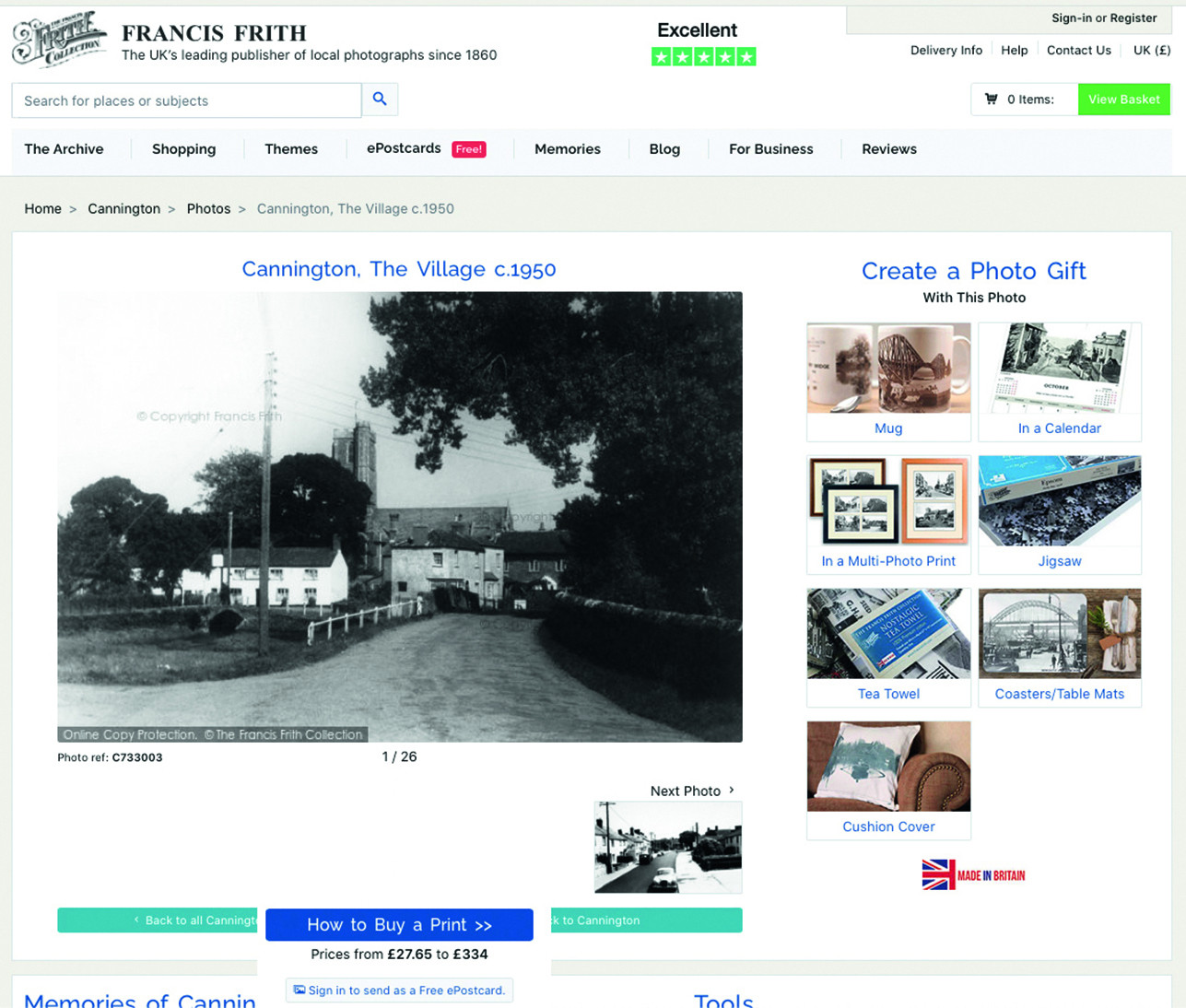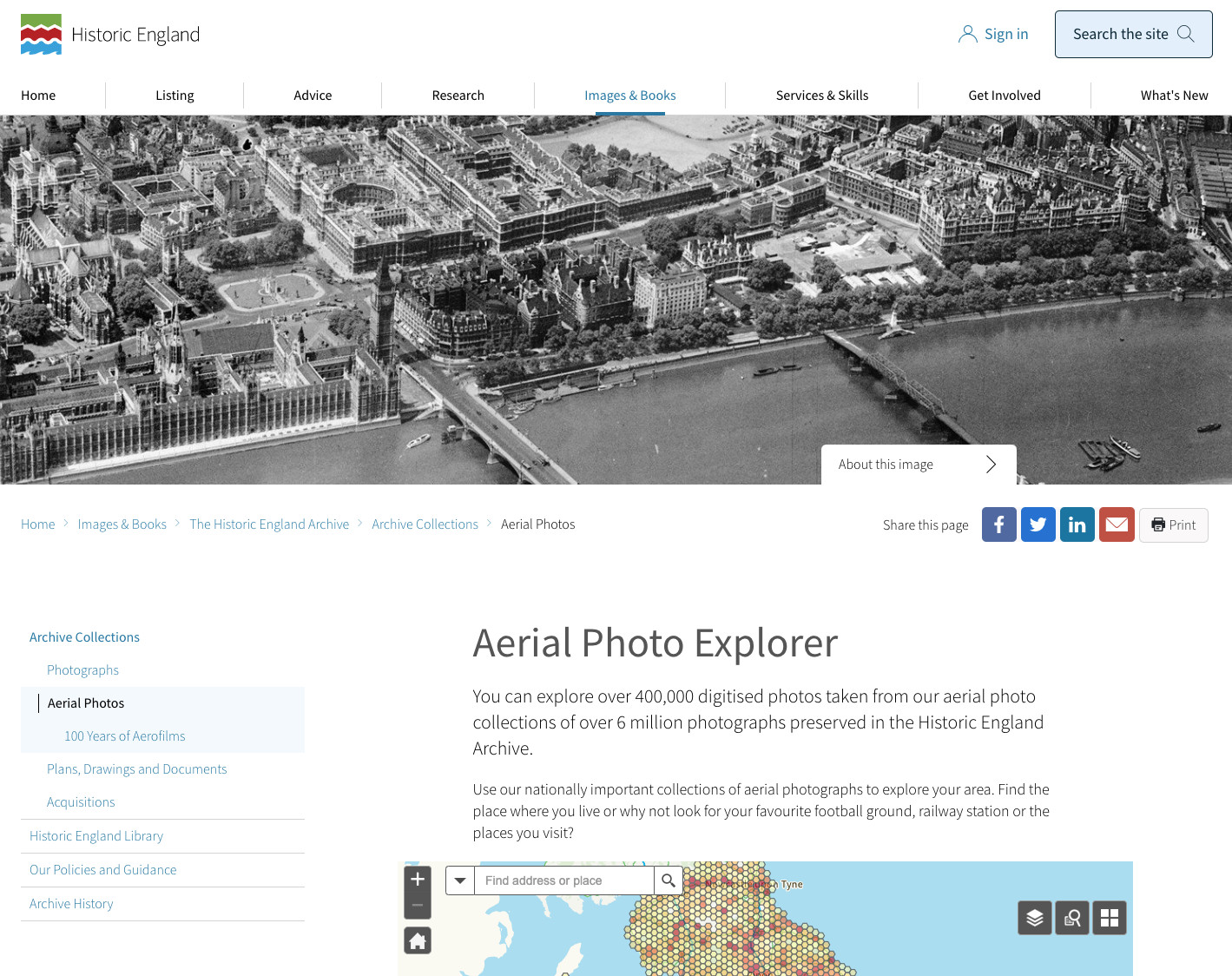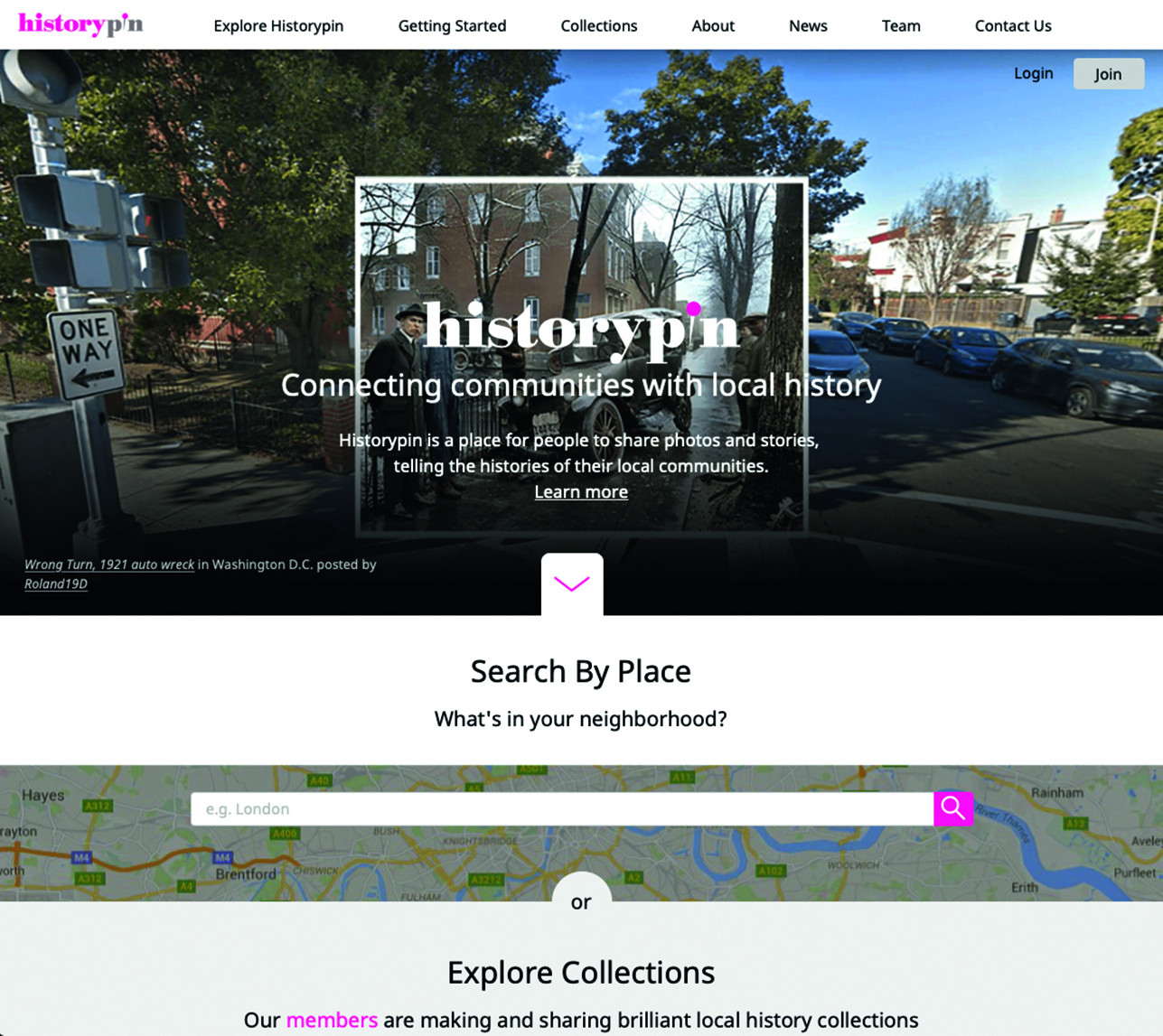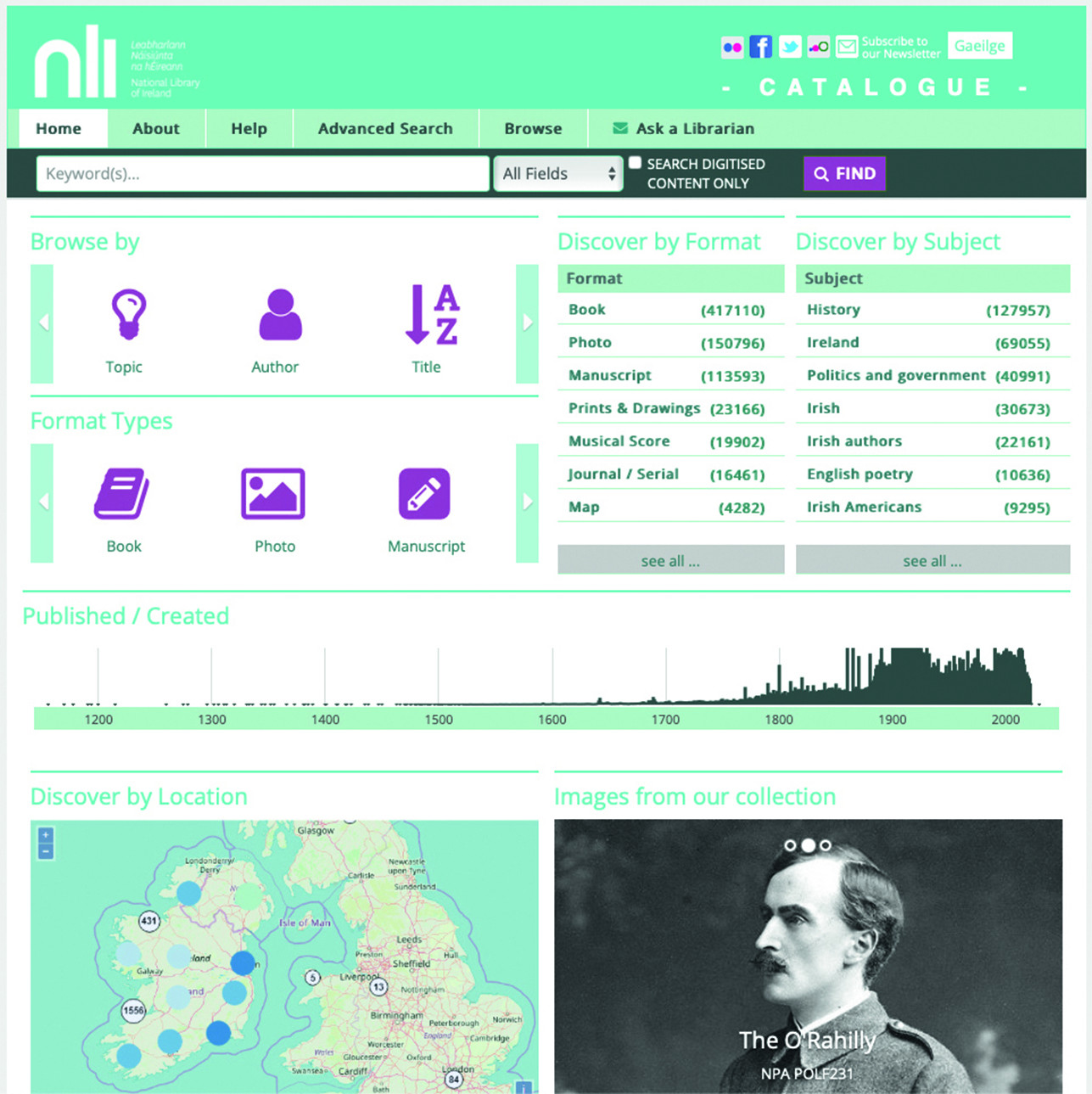Finding old photos of your house online can be a fascinating journey into the past, connecting you with your home’s history and the evolution of your neighborhood, and dfphoto.net is here to guide you through the process. By exploring historical archives and online resources, you can discover vintage images that offer a glimpse into your property’s past, revealing architectural details and the stories of previous residents. This exploration can uncover architectural history, period details, and reveal unseen transformations.
1. Understanding Your Search Intent
Before diving into the search, it’s crucial to understand what you’re hoping to find. Here are five common search intents related to finding old photos of your house:
- Locating Historical Images: Finding actual photographs of your house from past eras.
- Exploring Neighborhood History: Discovering how your street or area looked in the past.
- Researching Property History: Uncovering historical details about your property.
- Architectural Research: Identifying the original architectural style and modifications to your house.
- Nostalgic Exploration: Simply satisfying curiosity about the past appearance of your home.
2. Beginning Your Search: Key Online Resources
Where can you start your quest to uncover historical images of your house? Several online resources specialize in historical photographs and maps.
2.1. Google Street View: A Recent History
Want to see your house as it looked in recent years? Google Street View lets you travel back in time. Click the clock icon under the address to see images dating back to 2007.
2.2. Francis Frith: Vintage UK Photos
Looking for vintage black-and-white photos? Francis Frith features nostalgic images of areas across the UK, with new photos added monthly. While the site focuses on selling prints, it’s a fantastic place to browse historical photos. Type in a town or area to begin your search.
 Francis Frith
Francis Frith
An example of old photographs from Francis Frith.
2.3. Britain From Above: Aerial Photography
Interested in aerial views? Britain From Above offers 95,000 aerial photographs taken between 1919 and 1953. Search by keyword, image reference, or county, or use the map. While the site is older, it remains a useful tool for family historians. Creating a user account allows you to zoom into the photographs.
2.4. Historic England: Aerial Photo Explorer
Want to see aerial photos of England? Historic England offers over 400,000 historic aerial photographs dating from 1919 to the present. These photos cover nearly 30% of England, with about 300,000 images from after 1967. This resource is invaluable for seeing how landscapes have changed over time.
 Aerial Photo Explorer UK
Aerial Photo Explorer UK
An aerial photograph of England from Historic England.
2.5. Historic England: England’s Places
Buildings historian Karen Averby recommends Historic England’s England’s Places, a searchable photographic collection with images from the 1850s to the 1990s. These include street scenes, townscapes, and building views. The collection originated in 1941 when the National Buildings Record began documenting built heritage. Search by place name to browse images.
2.6. Historypin: Superimposing Old Photos
Want to see old photos superimposed on Google Street View? Historypin allows you to browse photographs and upload your own collections. Its usefulness depends on the amount of material uploaded for your area of interest. WhatWasThere also lets you explore historic images linked to Street View, though it currently has limited British Isles content.
 History Pin
History Pin
A look at old photographs on Historypin.
2.7. British Association for Local History: Local Heritage Groups
Looking for local heritage groups? The British Association for Local History website helps you find these groups, many of which have online galleries featuring privately owned images of local streets and houses. Always check the links section for members’ websites, which may contain hidden treasures.
2.8. National Library of Ireland: Irish Heritage
Interested in Irish heritage? The National Library of Ireland’s online catalogue contains over 150,000 photographs, about half of which have been digitized. These images cover historic buildings, industry, events, and communities across Ireland. Narrow your search by timeline, creator, region, or subject, using categories like ‘Houses’ and ‘Streets.’
 National Library of Ireland
National Library of Ireland
An online catalogue from The National Library of Ireland.
3. Additional Online Resources
What other websites can help you find old photos of your house? Here are several more resources to explore:
- A Vision of Britain: See how your postcode has changed since 1801 using Ordnance Survey maps.
- Borough Photos: Photographs from 12 London borough archives.
- Facebook: Local-history groups and libraries often post highlights to Facebook. Search for the name of your area with ‘local history.’
- Flickr: Many museums, archives, and libraries upload georeferenced images to Flickr.
- Google Images: Search Google Images, but be aware you may find many estate agents’ photos.
- Leeds Photographic Archive – Leodis: If your house is in Leeds, you may find a photograph of it here.
- London Picture Archive: The London Metropolitan Archives has its own image catalogue. Type the name of a London street into the search box.
- Manchester Local Image Collection: Find old photographs of Manchester, including street views.
- Norfolk, Picture Norfolk: Packed with street images of Norfolk.
- Nottingham Inspire: Find old photographs of Nottingham, including buildings and street scenes.
- National Library of Wales: View digital versions of the library’s photographic collection.
- Scotland, Aberdeen – The Silver City Vault: Street views from the past in Aberdeen.
- Scotland – Canmore: The National Record for the Historic Environment in Scotland offers thousands of images.
- Scotland, East Lothian – John Gray Centre: Old photographs from across East Lothian.
- Sheffield – Picture Sheffield: Photographs of Sheffield, including street views.
- Street Directories: Invaluable for understanding changing streets and house numbers. For Scottish properties, try the National Library of Scotland’s collection.
- The National Archives: Search 75,000 digitized examples from TNA’s image library, including aerial photographs.
4. Deep Dive: Optimizing Your Online Searches
How can you make the most of these online resources? Use specific search terms and filters to narrow down your results.
4.1. Targeted Keywords
Instead of generic searches, use precise keywords like:
- “[Your Town/City] historical photos”
- “[Street Name] in [Town/City] old photos”
- “[Neighborhood Name] vintage images”
- “[Specific Address] historical archive”
4.2. Advanced Search Operators
Leverage advanced search operators in Google and other search engines:
site:[website]– Searches only within a specific website."[keyword]"– Searches for the exact phrase.-[keyword]– Excludes a specific keyword.
4.3. Date Range Filters
Many archives and search engines allow you to filter results by date range. Specify a period relevant to when your house was built or significantly changed.
4.4. Geographical Filters
Use geographical filters to focus on your specific area. Many resources allow you to search by county, region, or even postcode.
5. Exploring Local Archives and Libraries
What local resources can you tap into for finding historical photos? Local archives and libraries often have extensive collections not available online.
5.1. Local Historical Societies
Historical societies are treasure troves of local history. Contact them to inquire about photo collections, maps, and other resources.
5.2. Public Libraries
Your local public library may have a special collections department with historical photographs, documents, and maps.
5.3. University Archives
Universities often have archives related to local history, architecture, and urban development.
5.4. County Records Offices
County records offices may hold historical property records, including photographs and surveys.
5.5. Museums
Local museums may have photograph collections related to the history of your town or city.
6. Utilizing Historical Maps and Atlases
How can historical maps and atlases help in your search? These resources provide valuable context and may even include depictions of your house.
6.1. Sanborn Maps
Sanborn maps are detailed urban maps created in the 19th and 20th centuries for fire insurance purposes. They often show building footprints, materials, and even street numbers.
6.2. Ordnance Survey Maps
Ordnance Survey maps provide detailed topographical information and can show how landscapes have changed over time.
6.3. Land Ownership Maps
These maps show property boundaries and land ownership, and may include depictions of houses.
6.4. City and County Atlases
Historical atlases often include maps and illustrations of cities and towns, providing a glimpse into the past.
7. Delving into Property Records
What property records can reveal information about your house? Deeds, tax records, and building permits can offer valuable clues.
7.1. Deeds and Leases
Deeds and leases document property transfers and may include descriptions of the property and any structures on it.
7.2. Tax Records
Tax records can provide information about the value of the property and any improvements made over time.
7.3. Building Permits
Building permits document construction and renovation activities, and may include architectural plans and photographs.
7.4. Census Records
Census records can provide information about the occupants of the house and their occupations.
8. Engaging with Community Knowledge
How can you tap into local community knowledge to find old photos? Neighbors, local historians, and community groups can be valuable resources.
8.1. Local Historians
Local historians often have extensive knowledge of the area’s history and may be able to point you to relevant resources.
8.2. Community Groups
Community groups focused on local history or preservation may have photograph collections or be able to connect you with people who do.
8.3. Neighborhood Associations
Neighborhood associations may have historical information about the area, including photographs.
8.4. Social Media Groups
Local social media groups can be a great way to connect with people who have historical photos or information about your house.
9. Analyzing Architectural Clues
What architectural details can help you estimate the age of your house and find relevant photos? Key elements include building materials, style, and features.
9.1. Building Materials
The materials used to construct your house can provide clues about its age. For example, brick, stone, wood, and concrete were used in different eras.
9.2. Architectural Style
Identifying the architectural style of your house can help you narrow down your search. Common styles include Victorian, Colonial, Craftsman, and Mid-Century Modern.
9.3. Architectural Features
Details like windows, doors, porches, and rooflines can also provide clues about the age and style of your house.
9.4. Comparing to Known Examples
Compare your house to known examples of similar architectural styles to estimate its age and find relevant historical photos.
10. Navigating Copyright and Usage Rights
What should you know about copyright and usage rights when using historical photos? Understanding these issues is crucial for respecting intellectual property.
10.1. Public Domain
Images in the public domain are free to use without permission. This often applies to older photographs where the copyright has expired.
10.2. Copyright Restrictions
Many historical photographs are still under copyright. You may need to obtain permission from the copyright holder to use them.
10.3. Fair Use
Fair use allows limited use of copyrighted material for purposes such as criticism, commentary, news reporting, teaching, scholarship, and research.
10.4. Creative Commons Licenses
Creative Commons licenses allow creators to grant certain rights to the public while retaining copyright.
11. Preserving and Sharing Your Discoveries
How can you preserve and share any old photos you find? Proper preservation and sharing can help future generations connect with their history.
11.1. Digitizing Photos
Digitize any physical photos you find to create digital copies that can be easily shared and preserved.
11.2. Archival Storage
Store physical photos in archival-quality materials to protect them from damage.
11.3. Sharing Online
Share your discoveries on social media, local history websites, and with family and friends.
11.4. Contributing to Archives
Consider donating copies of your photos to local archives or historical societies to make them accessible to others.
12. Case Studies: Success Stories
Can you show me some examples of people successfully finding old photos of their houses? Here are a few inspiring case studies.
12.1. The Victorian Home in San Francisco
A homeowner in San Francisco used historical maps, city directories, and local archives to find photos of their Victorian home dating back to the 1880s.
12.2. The Farmhouse in Rural Iowa
A family in rural Iowa discovered aerial photographs of their farmhouse from the 1930s through the Historic England website, revealing how the landscape had changed over time.
12.3. The Brownstone in Brooklyn
A resident of Brooklyn found photos of their brownstone in the Brooklyn Historical Society’s online collection, showing the building’s original façade and streetscape.
13. Common Pitfalls and How to Avoid Them
What are some common mistakes to avoid when searching for old photos? Be aware of these pitfalls to improve your chances of success.
13.1. Overly Broad Searches
Avoid using overly broad search terms. Be specific and targeted in your searches.
13.2. Neglecting Local Resources
Don’t rely solely on online resources. Explore local archives, libraries, and historical societies.
13.3. Ignoring Metadata
Pay attention to metadata associated with historical photos, such as dates, locations, and descriptions.
13.4. Assuming Accuracy
Verify the accuracy of information you find. Cross-reference sources and consult with local historians.
14. The Future of Historical Photo Discovery
How might technology shape the future of finding old photos of houses? AI, machine learning, and crowdsourcing are opening new possibilities.
14.1. AI-Powered Image Recognition
AI-powered image recognition can automatically identify buildings, architectural features, and locations in historical photos.
14.2. Machine Learning for Metadata Extraction
Machine learning can extract metadata from historical documents and photographs, making them more searchable and accessible.
14.3. Crowdsourced Tagging and Georeferencing
Crowdsourcing can help tag and georeference historical photos, making them easier to find and explore.
15. dfphoto.net: Your Partner in Photographic Discovery
How can dfphoto.net assist you in your quest? We offer a range of resources to help you explore the world of photography and visual history.
15.1. Historical Photography Collections
Explore our curated collections of historical photographs from around the world.
15.2. Articles on Photographic Research
Read our in-depth articles on photographic research techniques and resources.
15.3. Community Forums
Connect with other photography enthusiasts and share your discoveries in our community forums.
15.4. Expert Consultations
Schedule a consultation with one of our experts for personalized guidance on your research project.
16. Ethical Considerations
What ethical considerations should guide your search for old photos? Respect for privacy and cultural heritage are paramount.
16.1. Respect for Privacy
Be mindful of privacy concerns when sharing photos of people who may still be living.
16.2. Cultural Sensitivity
Approach historical photos with cultural sensitivity, recognizing that they may depict sensitive or offensive content.
16.3. Proper Attribution
Always provide proper attribution when using historical photos.
16.4. Avoiding Misrepresentation
Avoid misrepresenting the context or meaning of historical photos.
17. Legal Aspects of Using Historical Photos
What legal aspects should you consider when using historical photos? Copyright, privacy, and property rights may apply.
17.1. Copyright Law
Understand the basics of copyright law and how it applies to historical photos.
17.2. Privacy Law
Be aware of privacy laws that may restrict the use of photos of people without their consent.
17.3. Property Rights
Respect property rights when photographing private property or using photos of private property.
17.4. Defamation Law
Avoid using historical photos in a way that could defame or harm the reputation of individuals or organizations.
18. Inspiring Creativity with Historical Photos
How can you use old photos of your house to inspire creativity? Consider artistic, historical, and personal projects.
18.1. Artistic Projects
Create artwork inspired by historical photos, such as paintings, drawings, or collages.
18.2. Historical Recreations
Recreate historical photos by staging similar scenes with modern subjects.
18.3. Family History Projects
Incorporate historical photos into family history projects, such as scrapbooks, documentaries, or websites.
18.4. Architectural Restoration
Use historical photos as a guide for restoring architectural features to their original condition.
19. Tools and Technologies for Image Enhancement
What tools and technologies can help you enhance old photos? Restoration software, AI-powered tools, and online platforms can improve image quality.
19.1. Photo Restoration Software
Use photo restoration software to remove scratches, dust, and other imperfections from old photos.
19.2. AI-Powered Enhancement Tools
AI-powered tools can automatically enhance image resolution, color, and detail.
19.3. Online Photo Editing Platforms
Online photo editing platforms offer a range of tools for enhancing and manipulating images.
19.4. Professional Restoration Services
Consider hiring a professional photo restoration service for complex or valuable photos.
20. Monetizing Your Discoveries
How can you monetize your discoveries related to old photos? Options include selling prints, licensing images, and creating content.
20.1. Selling Prints
Sell prints of historical photos through online marketplaces or local galleries.
20.2. Licensing Images
License images to publishers, filmmakers, and other content creators.
20.3. Creating Content
Create content related to historical photos, such as articles, blog posts, or videos, and monetize it through advertising or subscriptions.
20.4. Consulting Services
Offer consulting services to help others find and use historical photos.
21. Future Trends in Historical Photo Preservation
What future trends will shape historical photo preservation? Digital archiving, blockchain technology, and virtual reality are transforming the field.
21.1. Digital Archiving
Digital archiving ensures the long-term preservation and accessibility of historical photos.
21.2. Blockchain Technology
Blockchain technology can provide secure and transparent provenance for historical photos.
21.3. Virtual Reality
Virtual reality can create immersive experiences that bring historical photos to life.
21.4. Community-Driven Archives
Community-driven archives empower local communities to preserve and share their own historical photos.
22. Conclusion: Embracing the Journey of Discovery
Finding old photos of your house is a rewarding journey that connects you with the past, and with the assistance of dfphoto.net, that journey is now simpler than ever. By exploring online resources, local archives, and community knowledge, you can uncover historical images that reveal the stories of your home and neighborhood. Embrace the adventure and enjoy the thrill of discovery.
Ready to begin your quest? Visit dfphoto.net today to explore our collections, articles, and community forums. Connect with us at 1600 St Michael’s Dr, Santa Fe, NM 87505, United States or call +1 (505) 471-6001. Let us help you unlock the secrets of your home’s past!
Frequently Asked Questions (FAQs)
FAQ 1: What is the best website to find old photos of my house?
The best website depends on your location, but Historic England, Francis Frith, and Britain From Above are great starting points. Google Street View can also provide recent historical images.
FAQ 2: How can I find historical photos of my house for free?
Many resources, such as Historic England and local library archives, offer free access to historical photo collections.
FAQ 3: Are historical photos subject to copyright?
Yes, many historical photos are still under copyright. Check the usage rights before using any image.
FAQ 4: Can I use old photos of my house for commercial purposes?
You may need to obtain permission from the copyright holder to use historical photos for commercial purposes.
FAQ 5: How can I enhance the quality of old photos?
Use photo restoration software or AI-powered enhancement tools to improve the quality of old photos.
FAQ 6: What is the best way to preserve old photos?
Store physical photos in archival-quality materials and digitize them for long-term preservation.
FAQ 7: How can I share my discoveries with the community?
Share your photos on social media, local history websites, and with family and friends.
FAQ 8: What is metadata and why is it important?
Metadata is information about a photo, such as its date, location, and description. It is crucial for searching and understanding historical photos.
FAQ 9: How can I verify the accuracy of historical photos?
Cross-reference sources and consult with local historians to verify the accuracy of historical photos.
FAQ 10: What ethical considerations should I keep in mind?
Respect privacy, approach photos with cultural sensitivity, provide proper attribution, and avoid misrepresentation.
